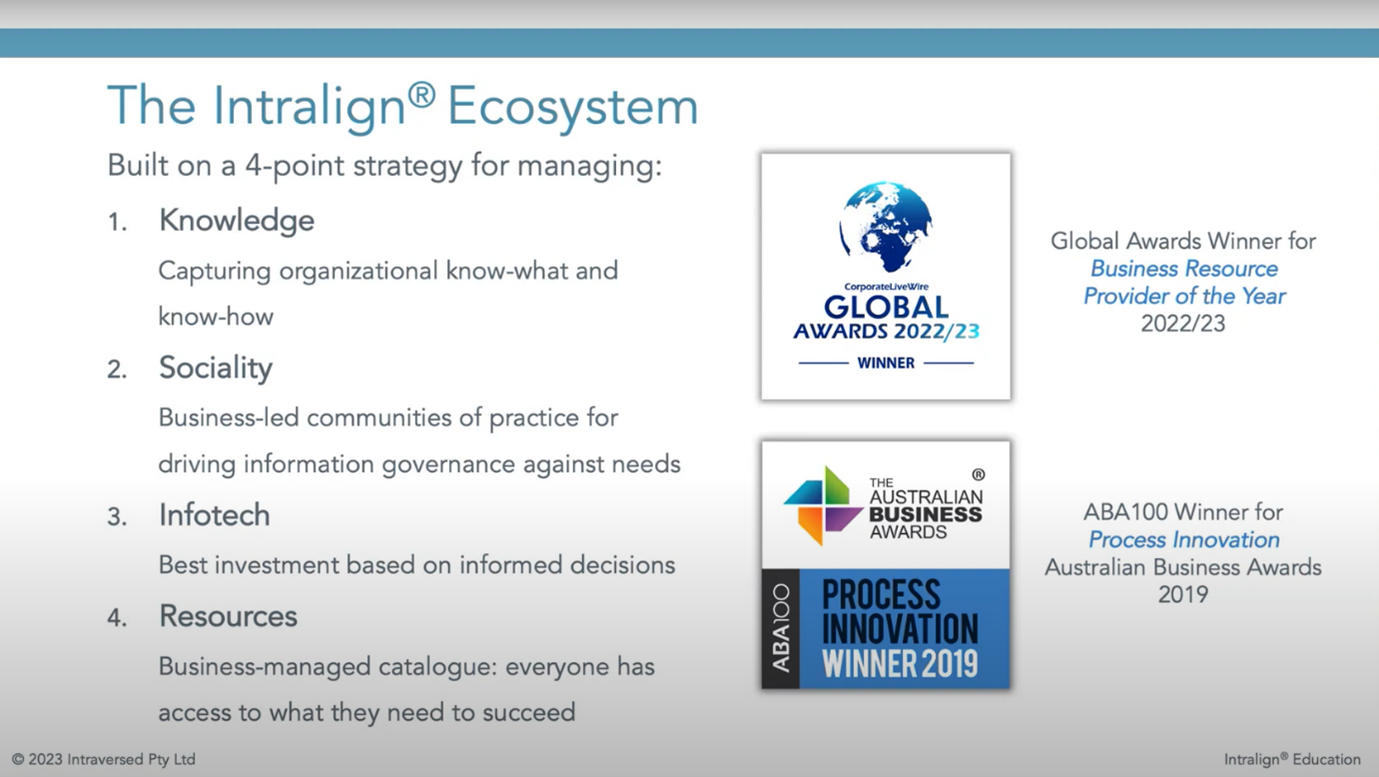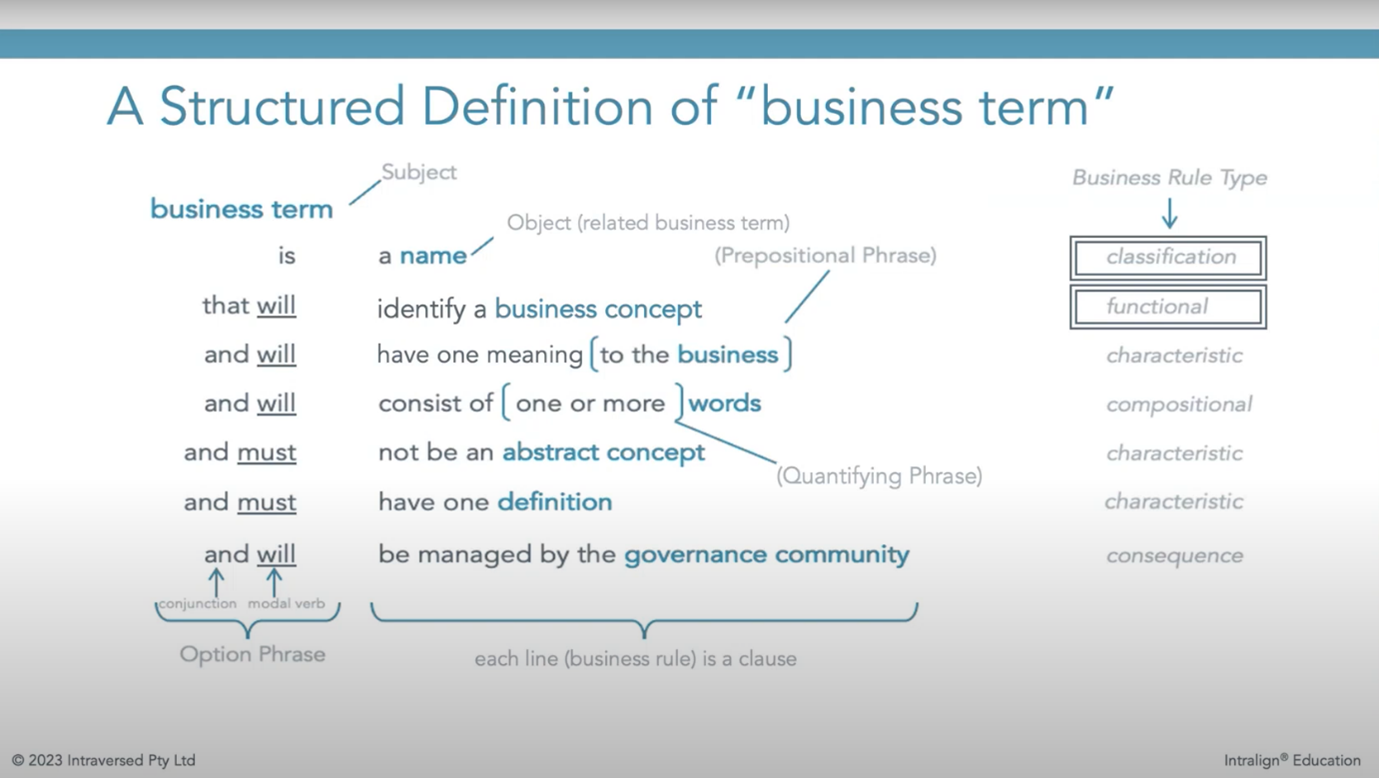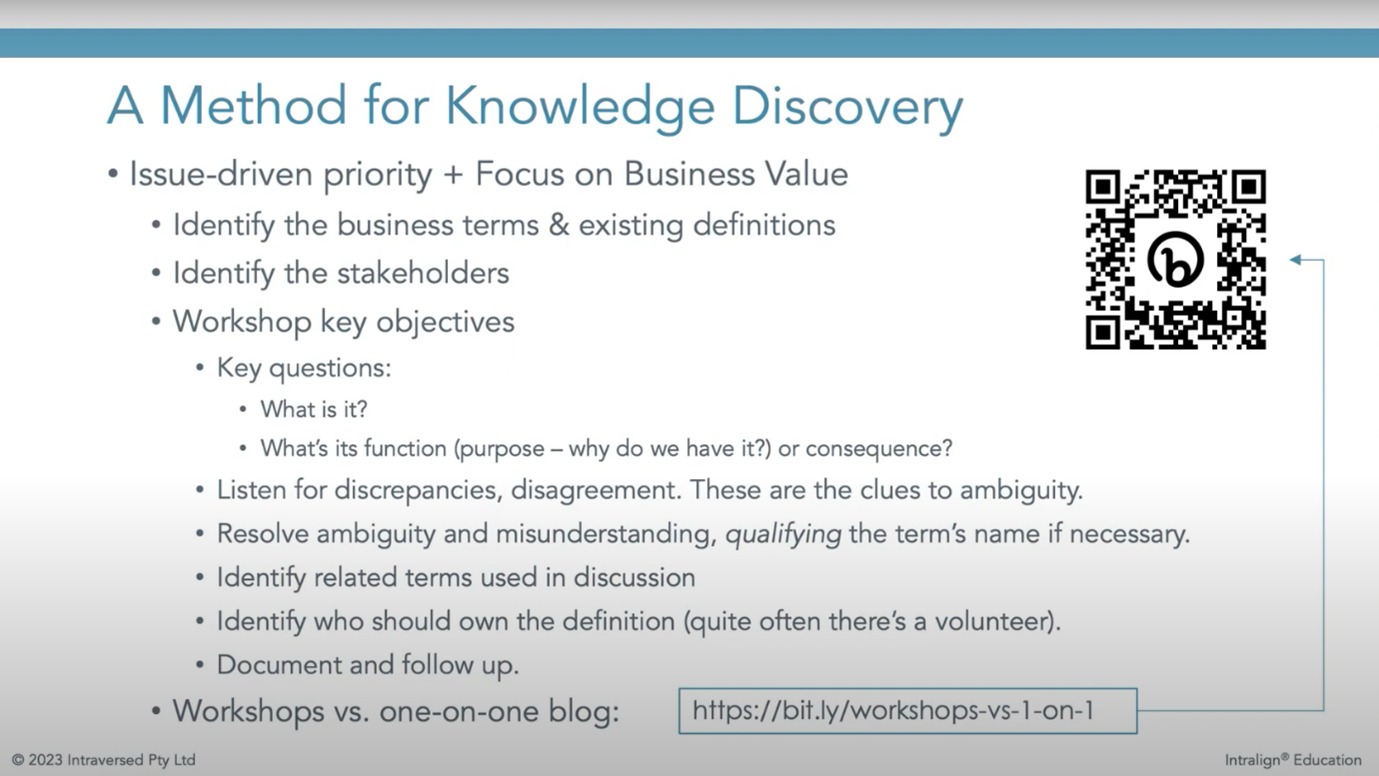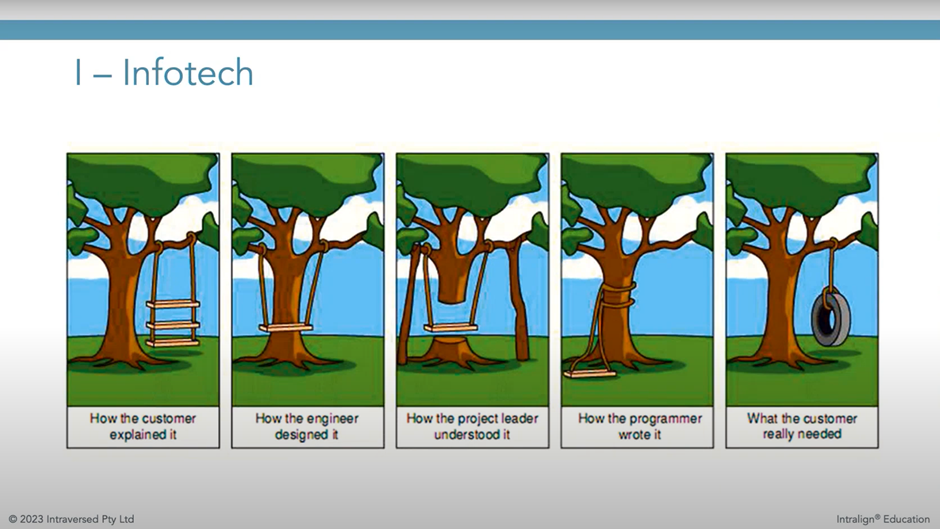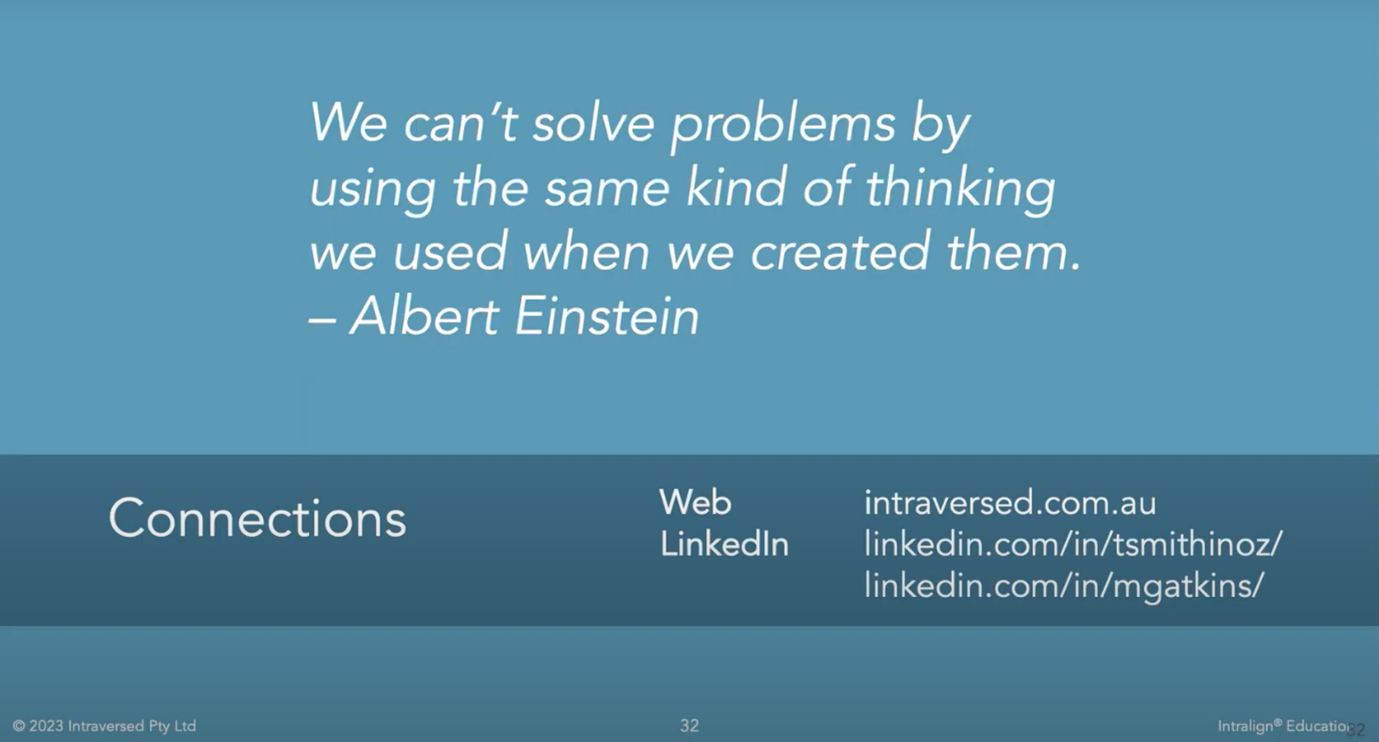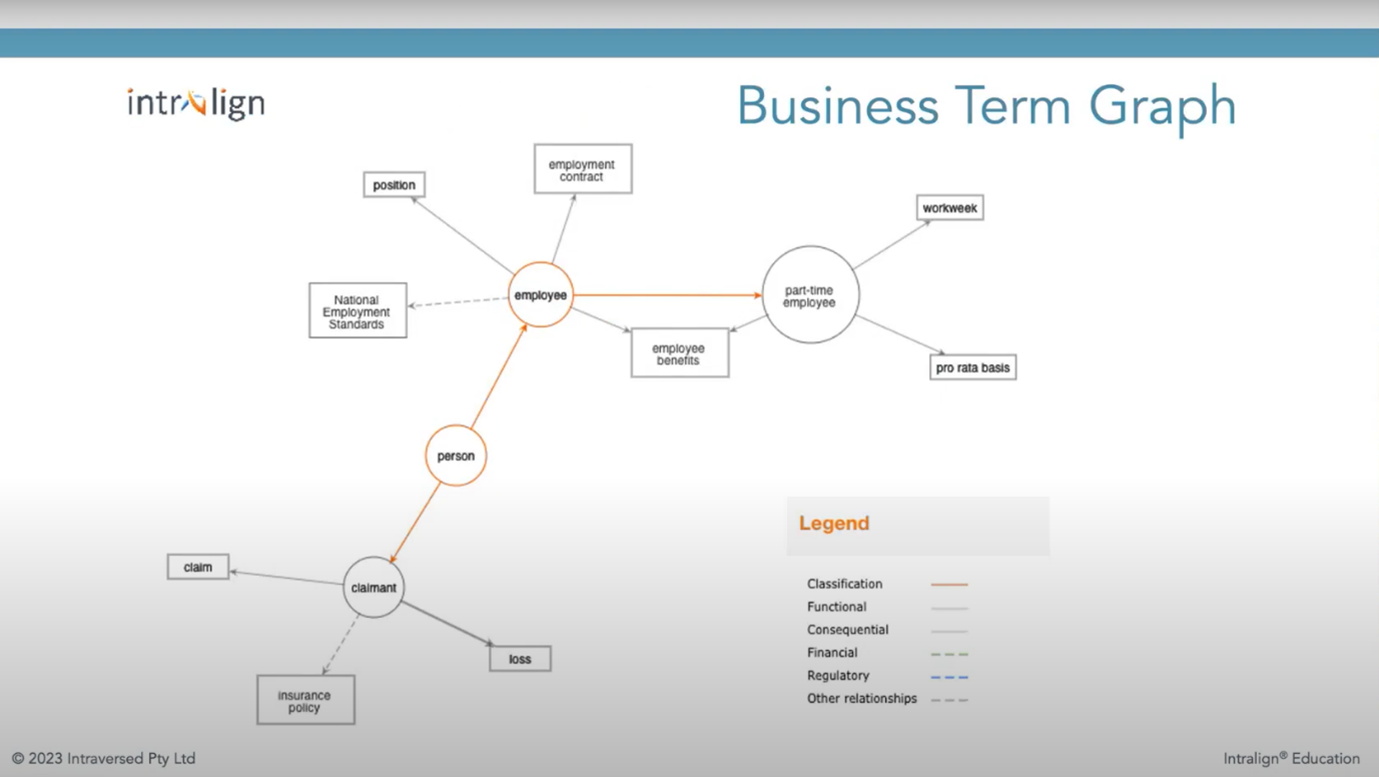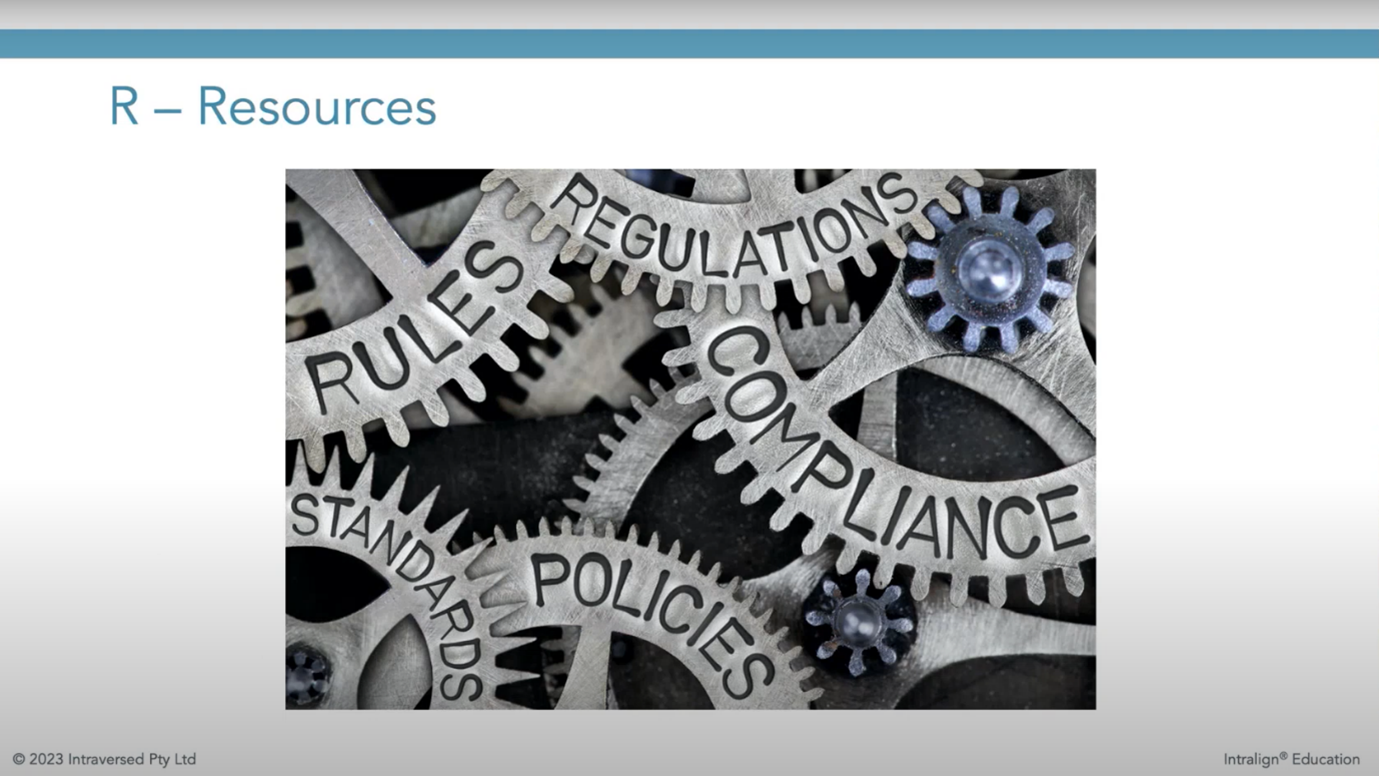Data Governance Needs Risk Management
Executive Summary
Embarking on a Journey in the Data Warehouse Field: Managing Data and Knowledge Retention Challenges with Effective Strategies
This book aims to provide insights into managing business intelligence and data warehousing. It emphasises the importance of building visibility, capability, accountability, and measurability in data governance. Clear communication and understanding of abbreviations and structured business rules are crucial for effective language and information management. Structured writing in business rule definitions helps to reap benefits. Methods for knowledge discovery in business and building a community of practice are also discussed.
The book highlights typical mistakes made in data project implementation and challenges with IT investments and project success. Data governance and critical concepts in business writing are also covered. Overcoming cultural challenges in developing a data strategy is also essential. The book stresses the significance of a comprehensive glossary in organisations and risks and challenges in reporting metrics. Historical examples help to assess risk and data quality. Finally, the book presents methods for appreciating and simplifying writing.
Webinar Details
Title: Data Governance Needs Risk Management
Date: 17 May 2023
Presenter: Terry Smith & Mark Atkins
Meetup Group: DAMA SA User Group
Write-up Author: Howard Diesel
Contents
Journey into the Data Warehouse Field
Challenges in Data Management and Knowledge Retention
Effective Strategies for Managing Business Intelligence and Data Warehousing
Introduction and Purpose of the Book
The importance of building visibility, capability, accountability, and measurability in data governance
The Importance of Clear Language in Communication
The Importance of Understanding Abbreviations
Structured Definition and business rules for a business term
Benefits of Structured Writing in Business Rule Definitions
Methods for Knowledge Discovery in Business
Building a Community of Practice for Language and Information Management
Mistakes Made in Data Project Implementation
Issues with IT Investments and Project Success
Data Governance - Notes
Key Concepts in Business Writing
Overcoming Cultural Challenges in Data Strategy
Importance of a Comprehensive Glossary in Organizations
Risks and Challenges in Reporting Metrics
Importance of Historical Examples in Assessing Risk and Data Quality
Writing Method Appreciation and Simplification
Journey into the Data Warehouse Field
Terry Smith began her career as an accountant in the finance department of a health insurance company, but she needed to gain knowledge about data warehouses. Thankfully, her visionary boss introduced the idea of building a data warehouse, and the team started by creating business process models. Along with the help of Tara Day, they utilised Teradata and IMDB/DB2 for a prototype.
Bill Inman evaluated the project and confirmed we were on the right track. Eventually, the company merged with others and became the most significant health insurer, with much of the success attributed to implementing the data warehouse.
Terry then transitioned into consulting for Teradata, specialising in the insurance industry. While working on the data model for an insurance company in Chattanooga, Tennessee, I had the pleasure of meeting Mark.
Figure 1 Meet the team
Challenges in Data Management and Knowledge Retention
During a trip to the USA in 1998, the narrator had the pleasure of meeting Terry. They soon collaborated on their first project, with Terry showcasing her exceptional skills in daily modelling. Fast forward to 2001-2002, and they found themselves in Australia working for a Telco company. Drawing on their extensive experience in data warehousing and business intelligence, they could identify what worked and what didn't. One of the main issues they discovered was the mismanagement of organisational memory and ineffective spending on infotech projects, resulting in a lack of return on investment. Their goal is to address this issue by preventing regulatory non-compliance and bridging the gap between IoT and business through data-driven approaches prioritising business needs.
As they highlighted in their book, fostering collaboration between technology professionals and the business community is challenging. This is particularly true in the post-COVID-19 era, where there is a significant loss of expertise due to people leaving big businesses for alternative careers. Knowledge retention is a critical concern, as it leads to an inability to define needs accurately, resulting in unreliable information and regulatory non-compliance. Mark hopes to address these issues and help businesses succeed by emphasising the importance of knowledge retention and data-driven approaches.
Figure 2 Challenges in Data Management and Knowledge Retention
Effective Strategies for Managing Business Intelligence and Data Warehousing
Clear communication is vital to the success of any project. 38% of project failures can be attributed to poorly defined information needs. Additionally, 34% of failures result from prioritising technology solutions over detailed requirements analysis. Unfortunately, some technology managers prioritise their preferred vendors over the actual needs of their business, which can lead to risky situations.
Thankfully, the Interline ecosystem has developed a winning strategy for managing risk, ensuring compliance, and practical information management. It was recognised for process innovation at the 2019 Australian Business Awards. The strategy involves capturing organisational knowledge, including business terms, definitions, and processes. Building communities of practice around language management and data governance is crucial for effective information management.
Educating the business community on information management processes is essential to achieve balanced data governance. By promoting explicit knowledge, communication, and communities of practice, organisations can make better-informed investment decisions for their technology needs.
Figure 3 Most common reasons why information system projects fail to deliver
Introduction and Purpose of the Book
The text refers to essential business resources necessary for effective functioning, including dashboards, spreadsheets, procedures, and policies. Mark emphasises the significance of having these resources accessible and readily available.
Additionally, Mark addresses a question about his whiskey and explains that he plans to enjoy it later. Mark highlights that the book is being printed to help a wider audience and provide valuable insights.
He clarifies that the book primarily aims at business leaders and executives and contains valuable information for business analysts and data modellers.
Figure 4 Introduction and Purpose of the Book. 4 Point Strategy to manage KSIR (Knowledge, Sociality, Infotech and Resources)
The importance of building visibility, capability, accountability, and measurability in data governance
The book emphasises that data governance requires building visibility and creating a culture of collaboration where the business community can work together to resolve issues without blame.
Information management education and accountability are crucial for developing data governance capabilities.
Individuals are responsible for defining and managing data; accountability is necessary to guarantee accuracy and consistency.
To ensure efficient implementation, measurability is essential in data governance. Without measurable objectives, governance processes can become ineffective.
Data governance is only complete with proper follow-through. Measurability is crucial to ensure that governance is being utilised effectively.
The conversation will focus primarily on knowledge, emphasising the language employed in data governance.
Figure 5 Building Abilities
The Importance of Clear Language in Communication
Clear communication is crucial for avoiding misunderstandings and disputes. Unfortunately, ambiguity is a frequent issue, especially in English, with numerous words with multiple meanings. Terminology ambiguity can cause confusion and inconsistency within organisations, making it challenging to implement customer-focused strategies. Written communication often needs syntactic clarity, resulting in misinterpretations and long email threads. Conjunctions such as "and" or "but" can also create ambiguity, requiring clarification of the intended meaning. Finally, textual ambiguity caused by abbreviations and acronyms can leave meeting participants feeling bewildered and uninformed.
Figure 6 The Importance of Clear Language in Communication
The Importance of Understanding Abbreviations
Abbreviations are frequently used without proper comprehension of their meanings. Terry and a writer collaborated on a mobile data warehouse project involving data modelling. Their primary concern was the individual responsible for coding the financial tables in the warehouse. To ensure the necessary code was written correctly, Terry and the writer decided to work on it over the weekend. Combined, they successfully managed hundreds of billing codes and balanced the data. They even developed an audit system to handle new codes and used a specific code to mark faulty records.
Figure 7.1 Importance of Understanding Abbreviations
Figure 7.2 Importance of Understanding Abbreviations
Figure 7.3 Importance of Understanding Abbreviations
Structured definition and business rules for a business term
During the presentation, it was mentioned that a structured definition for business terms has been developed. An example of a business term definition was provided professionally. The importance of having a subject, object, and verb in a sentence containing a business term was explained. The classification and different business rules for a business term were also discussed. The use of modal verbs at the beginning of the definition as an option was introduced. Each modal verb represents the strength of the relationship between the business term and concept. Finally, the benefits of building these business rules in lines were highlighted.
Figure 8 Structured definition and business rules for a business term
Benefits of Structured Writing in Business Rule Definitions
In the business world, using a structured format is beneficial as it allows for easy readability and comprehension. This format enables readers to understand each line independently, leading to quick agreement or disagreement.
Structured writing is beneficial in creating relationships between different business terms, starting a business ontology and a taxonomy that reduces redundancy and inconsistency.
By prioritising definitions in natural language with the business community, agile data modelling becomes possible. This approach enables efficient and effective data modelling that aligns with the agile methodology.
For instance, terms like "employee" can be defined, along with their relationships to other concepts like "person," "employment contract," and "position." Through inheritance, it's possible to define a part-time employee as an employee with additional rules.
Figure 9 Benefits of Structured Writing in Business Rule Definitions
Methods for Knowledge Discovery in Business
In knowledge discovery, data and model data play crucial roles in supporting analysis.
When it comes to data modelling, workshops prove to be a more beneficial option than one-on-one meetings.
QR code below provides the weighing of the pros and cons of workshops versus one-on-one meetings.
Workshops help foster a sense of community and establish a shared vocabulary.
Through a series of key questions posed during workshops, classification and functional rules can be determined.
Discrepancies and disagreements arising during workshops indicate ambiguity in definitions that need to be clarified.
Additionally, related terms can be identified by examining the other terminology used in discussions.
To ensure clear ownership, an individual is identified as the owner for each definition through volunteering or being "Volunt-Told."
Following up with documentation after workshops is critical to leverage the insights gained effectively.
Overall, workshops create a society or association that can help drive progress and innovation.
Figure 10 Method for Knowledge Discovery and QR Code for Pros and Cons of workshops versus one-on-one meetings
Building a Community of Practice for Language and Information Management
Let's create a community of practice where businesses can collaborate and enhance their language and information management skills. We'll dive deep into the data, refining our language and analysis based on business needs and values. We'll prioritise business strategy and measure success rather than focusing solely on technology. Through workshops and management, we'll establish ownership and clear definitions, building a dynamic community of practice. Lastly, we'll share a story about an insurance company's data warehouse project and emphasise the importance of understanding business value in decision-making.
Figure 11 Building a Community of Practice for Language and Information Management. Point 2 in KSIR strategy
Mistakes Made in Data Project Implementation
Maximising the value of commercial customers was crucial for the company's revenue, as they constituted the most considerable portion. Initially, the company focused on the consumer side of the business and believed that matching customer names and birth dates would provide a comprehensive view. However, this approach could have been more complex and accounted for a quarter of their revenue.
The company then considered matching Australian Business Numbers (ABNs) for commercial customers. However, this strategy should have considered the complexity of commercial businesses with multiple subsidiaries and ABNs. Besides, most of their commercial business went through brokers, making matching ABNs irrelevant.
Even though it would have provided a different 360-degree view, the company wasted significant resources on a data quality project to clean up ABNs.
Figure 12 Building Capability
Issues with IT Investments and Project Success
In the speech, Mark expresses their concern regarding the monthly reports on ABN value improvement, stating that they do not add any value to the business.
Moreover, Mark highlights the need for the company’s ability to establish a centralised warehouse, which renders the IT investment worthless.
While the chief data and analytics officer's leadership is acknowledged, Mark criticises the ill-conceived project, which they consider a poor use of company funds.
Another common occurrence mentioned by Mark is the investment in IT solutions without conducting a proper requirements analysis.
To improve project success and return on investment, Mark suggests adopting systems thinking and a community of practice approach.
Improving data modelling capability is also stressed as crucial for organisations.
Lastly, Mark shares a client's experience of incurring technical debt by designing dashboards without proper business definitions, which now requires additional spending to realign them.
Figure 13 Issues with IT Investments and Project Success. Point 3 in KSIR strategy
Data Governance - Notes
Including the business community in data, governance can bring significant improvements and added value. It's crucial to focus on structured data and unstructured data and artefacts like policies, procedures, and data extracts. These artefacts are essential for running an organisation smoothly by providing vital information daily. To understand ownership and data sources, metadata should be added to these artefacts. Prioritising the most important artefacts and business needs can lead to a better understanding of the underlying data. Monash University's research recommends using format-based and content-based approaches to prioritise what needs to be governed. In government organisations, alternative terminologies like stewardship and custodianship may be used to emphasise ownership. The accountability for governance is structured through libraries and a head librarian.
Figure 14 Building Information Governance
Key Concepts in Business Writing
Preserving and maintaining artefacts is a crucial role played by librarians and curators. Authors are accountable for the artefacts they create. Collaboration between authors and librarians is essential for effective curation. Stakeholders have the right to consultation and should be included in the business glossary. Ownership should be applied from business terms and artefacts to underlying data. The KSIR strategy focuses on knowledge, language, and community building to address risk. It's essential to communicate effectively with technical personnel. Structured data is given priority over other structured resources at present. A discount of 50% is available on a book with a QR code. The organisation values people-first, clarity, and going beyond. The organisation invests in quality education and supports indigenous literacy. The audience is encouraged to ask questions.
Figure 15 Ownership Structure
Overcoming Cultural Challenges in Data Strategy
One of the most significant obstacles to the organisation’s data strategy is the negative culture fostered by large consulting firms that prioritise cost reduction over business value. However, the organisation has partially overcome this challenge by creating communities of practice, which have fostered a sense of connection and contentment among employees in certain areas.
The country's prevalent culture presents an ongoing challenge as well. It is essential to devote more time to understanding and verifying what businesspeople are saying rather than making assumptions and misinterpreting their statements.
To promote data literacy and cultivate a dynamic and engaged language within the organisation, it is crucial to build a community instead of just providing a glossary of terms.
Figure 16 Overcoming Cultural Challenges in Data Strategy
Importance of a Comprehensive Glossary in Organizations
Having a glossary accessible to everyone in the organisation is vital for effective communication and understanding of terms, particularly in a fast-paced work environment. However, technical glossaries often need more reach and effectiveness. Therefore, it is essential to enable the glossary for the entire organisation and promote it to ensure maximum engagement and accessibility. Making the glossary compulsory in induction programs is recommended to further enhance its impact and usefulness. Useful glossaries can help mitigate risks associated with regulatory compliance by facilitating clear communication and understanding.
Figure 17 Importance of a Comprehensive Glossary in Organizations
Risks and Challenges in Reporting Metrics
When assessing and managing risks, intangible knowledge plays a crucial role. CFOs and regulatory compliance are often used to measure and mitigate risks. In a case study involving telcos, the CFO's reporting of a key metric to the regulatory body proved vital. Misrepresenting an organisation can lead to personal, financial, and reputational risks. Therefore, identifying and addressing major risk issues and vulnerabilities is essential. Ensuring reliable reporting can be challenging due to multiple definitions of the same metric. However, accurate numbers and clear metrics are crucial for CFOs’ confidence in their reporting. Failure to properly define a student at a university led to incorrect reporting and decision-making. Accurately counting applicants and accepted offers is essential in understanding the life cycle of a student.
Figure 18 Risks and Challenges in Reporting Metrics. Point 4 in KSIR strategy
Importance of Historical Examples in Assessing Risk and Data Quality
The business incurred significant financial losses and had vacant spaces due to inadequate risk assessment and poor data quality. Sharing past instances is useful to demonstrate the adverse effects of not correctly identifying risks. As per Larry English's study on data quality, subpar quality can lead to a loss of at least 10% of a company's revenue daily. By presenting practical cases, organisations can better comprehend the importance of investing in data quality. For multinational corporations, having a language strategy is critical to cater to diverse cultures and languages. The language approaches devised for English-speaking nations can potentially be extended to other languages.
Writing Method Appreciation and Simplification
During the discussion, Mark acknowledged the challenges when multinational corporations communicate with countries with varying rules and documentation requirements. Veronica expressed her appreciation for the simplicity and structured approach of the discussed writing method. She emphasised that she finds it easier to begin writing with a clear starting point and highlighted the value of the provided structure. Veronica appreciated the use of simple verbs and nouns, which are similar to modelling techniques, as they create precise and easily understandable writing. Mark recognised the importance of making writing accessible for individuals with literacy issues or disabilities. The workshop aims to simplify the writing process to ensure everyone can effectively express themselves. Mark highlighted the importance of understanding simple concepts and defining what something is and what it does in clear terms for effective communication.
Figure 19 Summary of KSIR Strategy
If you would like to join the discussion, please visit our community platform, the Data Professional Expedition.
Additionally, if you would like to be a guest speaker on a future webinar, kindly contact Debbie (social@modelwaresystems.com)
Don’t forget to join our exciting LinkedIn and Meetup data communities not to miss out!





